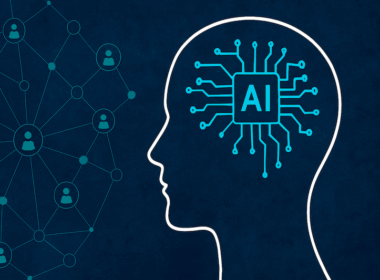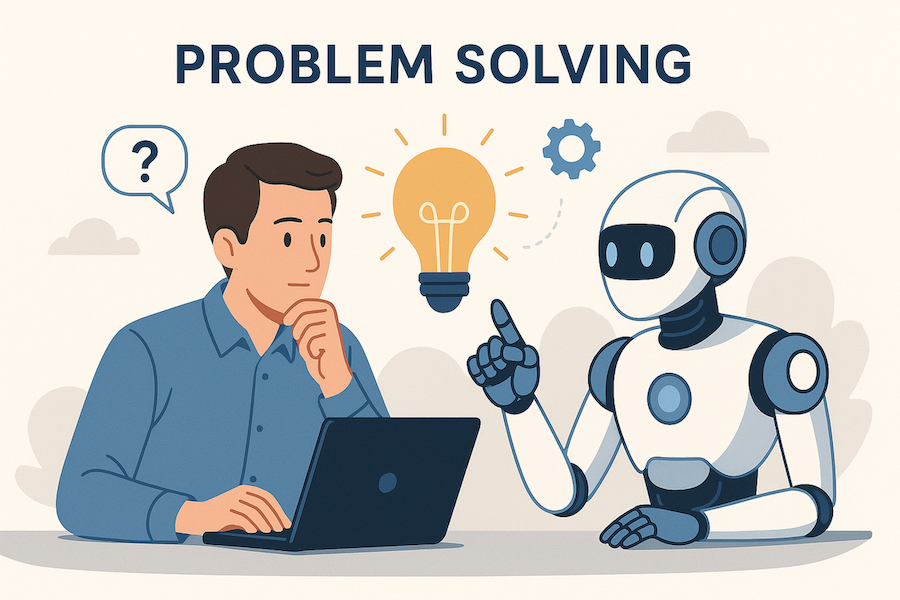Let’s talk about voice-driven AI, it’s not just impressive and useful, it’s also a bit scary. Having a chat with an AI assistant while you’re cooking, driving, or just lounging around can be super convenient. But we may also want to think about the ethical implications of how much AI should act and sound like a human. How do we ensure that we don’t lose our sense of reality and identity in the process?
Why Voice-Driven AI is interesting
First off, voice-driven AI is a game-changer for productivity. Imagine working on a project and needing quick info or help. Instead of stopping what you’re doing, you just ask your AI assistant. It’s like having a helpful assistant who’s always there to lend a hand, without needing to use your hands!
Voice-driven AI can also improve our quality of life in many ways. For example, it can help people with disabilities, such as vision impairment or dyslexia, to access information and services more easily. It can also provide entertainment, education, and companionship for people who are lonely or isolated. Voice-driven AI can even help us learn new languages or skills by conversing with us in a natural way.
Voice-driven AI also has some limitations and challenges. Sometimes, we may prefer to use text instead of voice, depending on the situation and the context. For instance, if we are in a public place or near other people, we may not want to talk to the AI out loud, especially if the topic is personal or sensitive. We may also want to have more control over the tone, style, and content of our messages, which may be harder to convey through voice in certain situations. Voice-driven AI should always offer us the option to switch to text mode when we need it.
But Here’s the Thing: Transparency Matters
Now, while this is all fantastic, there’s a catch. It’s super important that we always know when we’re talking to an AI and not a human. Why? Because trust is a big deal. If we start mixing up AI with real people, things can get confusing and a bit creepy. We might feel deceived, manipulated, or even violated by the AI, especially if it pretends to be someone we know or care about. We might also lose our sense of agency, autonomy, and privacy, as we don’t know how the AI is using or sharing our data and conversations. Transparency is essential for building and maintaining a healthy and ethical relationship with AI.
So, how do we keep things clear? One idea is to give AI a distinct way of talking. Remember C-3PO from Star Wars? His robotic mannerisms made it clear he wasn’t human. If our AI assistants had a similar style, we’d instantly know we’re talking to a machine. Alternatively, the AI could simply introduce itself as such at the beginning of the conversation, or use a different voice or sound than humans. Whatever the method, the AI should always be honest and upfront about its identity and capabilities.
Setting Some Ground Rules
To keep things straight, we need some basic rules:
1. Unique Speech Patterns: AI should have a recognizable way of speaking. Maybe it’s a specific tone or a quirky phrase that makes it obvious it’s an AI.
2. Initial Disclosure: Every time you start a chat, the AI should introduce itself. Something like, “Hi there! I’m your AI assistant.”
3. Reminders: If the conversation goes on for a while, a friendly reminder now and then wouldn’t hurt, just to keep things clear.
When It’s Okay to Blur the Lines
There are times when it’s not a big deal if we forget we’re talking to an AI—like in games or entertainment. In these scenarios, we expect things to be a bit unreal. When you’re playing a video game, you know those characters aren’t real people. AI can make these experiences more fun and engaging without any confusion. However, even in these cases, there should be some level of disclosure and consent. For example, if a game uses AI to generate realistic human voices or faces, it should inform the players and respect their privacy preferences. Similarly, if an entertainment app uses AI to create personalized content or recommendations, it should let the users know how their data is being used and allow them to opt out if they wish.
There may be times when someone wants to escape into fantasy and engage, remember the movie “Her”? People were falling in love with their AI assistants. While it’s a fascinating exploration of human-AI relationships, it also highlights why transparency is crucial. We need to ensure people don’t start confusing AI interactions with human connections.
While we’re having fun with AI, we can’t forget about ethics. Transparency in AI interactions isn’t just about avoiding confusion—it’s about empowering users. When we know we’re talking to AI, we can better understand what it can and can’t do, which makes us more informed and savvy users.
Looking Ahead
The future of voice-driven AI is exciting. It’s going to be more integrated into our lives, helping us in ways we can only imagine right now. But as we embrace this tech, we need to set some ground rules to keep everything clear and ethical. Voice-driven AI can transform how we live and work, making things easier and more efficient. By ensuring transparency, we can enjoy all these benefits while staying informed and in control.
Let’s embrace the future of voice-driven AI but stay smart about how we use it.








